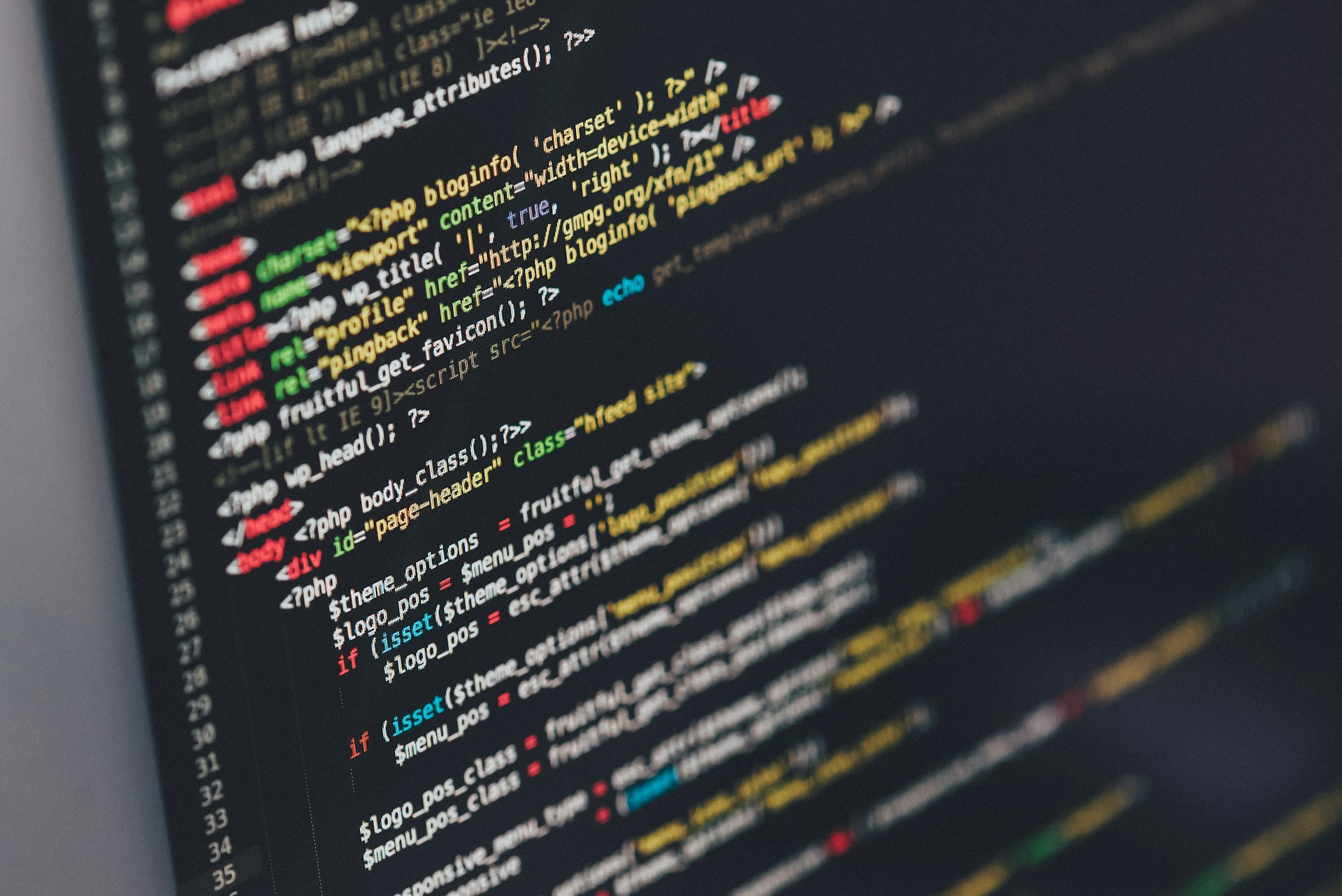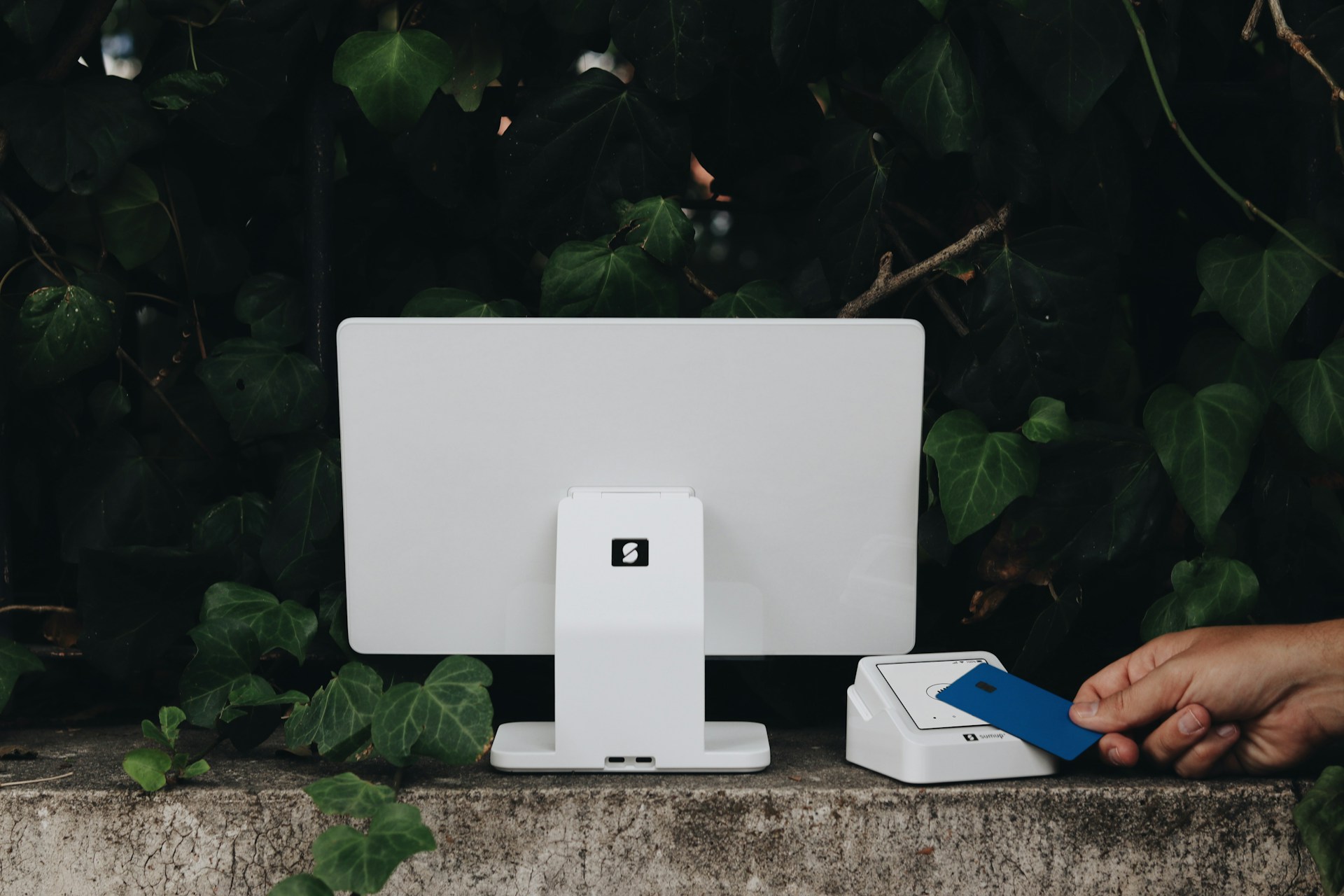Fearscans,In our increasingly digitized world, the intersection of technology and mental health is an area of growing interest. One innovative tool that has emerged from this confluence is the concept of “Fearscans.” These scans utilize advanced imaging technology and machine learning algorithms to assess and interpret emotional states, particularly focusing on fear and anxiety. This article delves into the mechanics of Fear-scans, their applications, benefits, and the ethical considerations surrounding their use.
What Are Fearscans?
Fear-scans are specialized assessments that leverage various technologies, including neuroimaging and biometric data collection, to measure a person’s response to fear-inducing stimuli. The process typically involves monitoring physiological reactions such as heart rate, skin conductance, and brain activity through techniques like functional Magnetic Resonance Imaging (fMRI) or Electroencephalography (EEG).
The underlying principle is that fear triggers specific biological responses, which can be captured and analyzed to provide insights into an individual’s emotional state. By quantifying these responses, clinicians and researchers can better understand how fear manifests in different individuals, paving the way for tailored interventions and therapies.
How Do Fearscans Work?
1. Data Collection
Fear-scans begin with data collection, where participants may be exposed to controlled fear-inducing stimuli—such as images, sounds, or scenarios—while their physiological responses are monitored. Sensors track various metrics:
- Heart Rate: Increases in heart rate can indicate heightened levels of fear or anxiety.
- Galvanic Skin Response (GSR): Measures the electrical conductance of the skin, which changes with sweating, often triggered by emotional arousal.
- Brain Activity: Techniques like fMRI and EEG capture brain activity patterns, providing insight into how the brain processes fear.
2. Data Analysis
Once data is collected, sophisticated algorithms analyze the physiological responses to identify patterns. Machine learning models are trained on large datasets to discern the unique markers of fear in individuals. This analysis can reveal not only the presence of fear but also its intensity and the specific triggers involved.
3. Interpretation and Reporting
The final stage involves interpreting the results. Clinicians can use the findings to create personalized treatment plans, which may include therapy, medication, or other interventions. Reports generated from Fear-scans can provide a comprehensive view of a patient’s emotional landscape, helping to inform both the patient and the healthcare provider.
Applications of Fearscans
Fearscans have potential applications across various fields:
1. Clinical Psychology
In clinical settings, Fearscans can assist psychologists in diagnosing anxiety disorders, phobias, and PTSD. By objectively measuring fear responses, clinicians can better tailor therapeutic approaches. For example, exposure therapy may be more effectively designed based on specific fear triggers identified through a scan.
2. Research
Academically, Fearscans contribute significantly to the study of fear and anxiety. Researchers can investigate the neural correlates of fear, study how different populations (e.g., children vs. adults) respond to fear, and evaluate the effectiveness of different therapeutic interventions.
3. Corporate Wellness Programs
Companies increasingly recognize the importance of mental health in the workplace. Fearscans can be utilized in corporate wellness programs to assess employees’ stress levels and fear responses, informing initiatives designed to reduce workplace anxiety and improve overall mental well-being.
4. Public Safety and Security
Fearscans could also have applications in public safety, helping law enforcement understand the psychological impact of traumatic events on both victims and witnesses. This understanding can guide community outreach and support services following crises.
Benefits of Fearscans
1. Objective Measurement
One of the primary benefits of Fearscans is their ability to provide objective data on emotional states. Traditional assessments often rely on self-reported data, which can be subjective and influenced by various factors. Fearscans offer a more scientific approach to measuring fear and anxiety.
2. Personalized Interventions
With detailed insights into an individual’s fear responses, healthcare providers can design more effective, personalized treatment plans. This personalization increases the likelihood of successful outcomes in therapy.
3. Enhanced Understanding of Fear
Fearscans contribute to a deeper understanding of how fear operates on both a psychological and physiological level. This knowledge can lead to breakthroughs in treatment methodologies and therapeutic techniques.
4. Early Detection
In some cases, Fearscans may help in the early detection of anxiety disorders, allowing for prompt intervention. Early treatment can significantly improve prognosis and quality of life.
Ethical Considerations
While Fearscans offer promising advantages, they also raise several ethical questions:
1. Privacy Concerns
The collection of biometric data raises concerns about privacy and consent. Patients must be fully informed about how their data will be used, stored, and shared. Safeguards should be in place to protect sensitive information.
2. Potential Misuse of Data
There is potential for misuse of data, especially in contexts outside healthcare, such as employment or insurance. Organizations could discriminate against individuals based on their fear responses, leading to ethical dilemmas.
3. Informed Consent
Ensuring that participants give informed consent is crucial, particularly when dealing with vulnerable populations. They must understand the implications of undergoing a Fearscan and the potential outcomes.
4. Dependency on Technology
An overreliance on technology for emotional assessment may lead to a diminished emphasis on traditional therapeutic approaches. While Fearscans can enhance understanding, they should complement—not replace—human-centered therapies.
The Future of Fearscans
As technology continues to advance, the future of Fearscans looks bright. Ongoing research may yield even more sophisticated methods of assessing and interpreting fear responses, potentially integrating artificial intelligence for real-time analysis. Moreover, the development of portable devices for Fearscanning could revolutionize the field, making these assessments accessible outside traditional clinical settings.
1. Integration with Virtual Reality (VR)
Combining Fearscans with VR technology could create immersive therapeutic experiences. Patients could be gradually exposed to their fear triggers in a controlled environment while real-time physiological data is collected, enhancing the effectiveness of exposure therapy.
2. Wider Acceptance in Society
As awareness of mental health grows, Fearscans may gain wider acceptance in various settings, including schools, workplaces, and community health initiatives. This normalization could facilitate proactive mental health care and reduce stigma.
Conclusion
Fearscans represent a significant step forward in our understanding of fear and anxiety. By blending advanced technology with psychological assessment, they offer a unique perspective on emotional health. While they hold tremendous potential for improving mental health interventions, it is vital to navigate the ethical implications carefully. With thoughtful implementation, Fearscans could transform how we understand and address fear in our lives, paving the way for a healthier, more informed society. As we continue to explore the complexities of human emotions, Fearscans will undoubtedly play a crucial role in shaping the future of mental health care.











